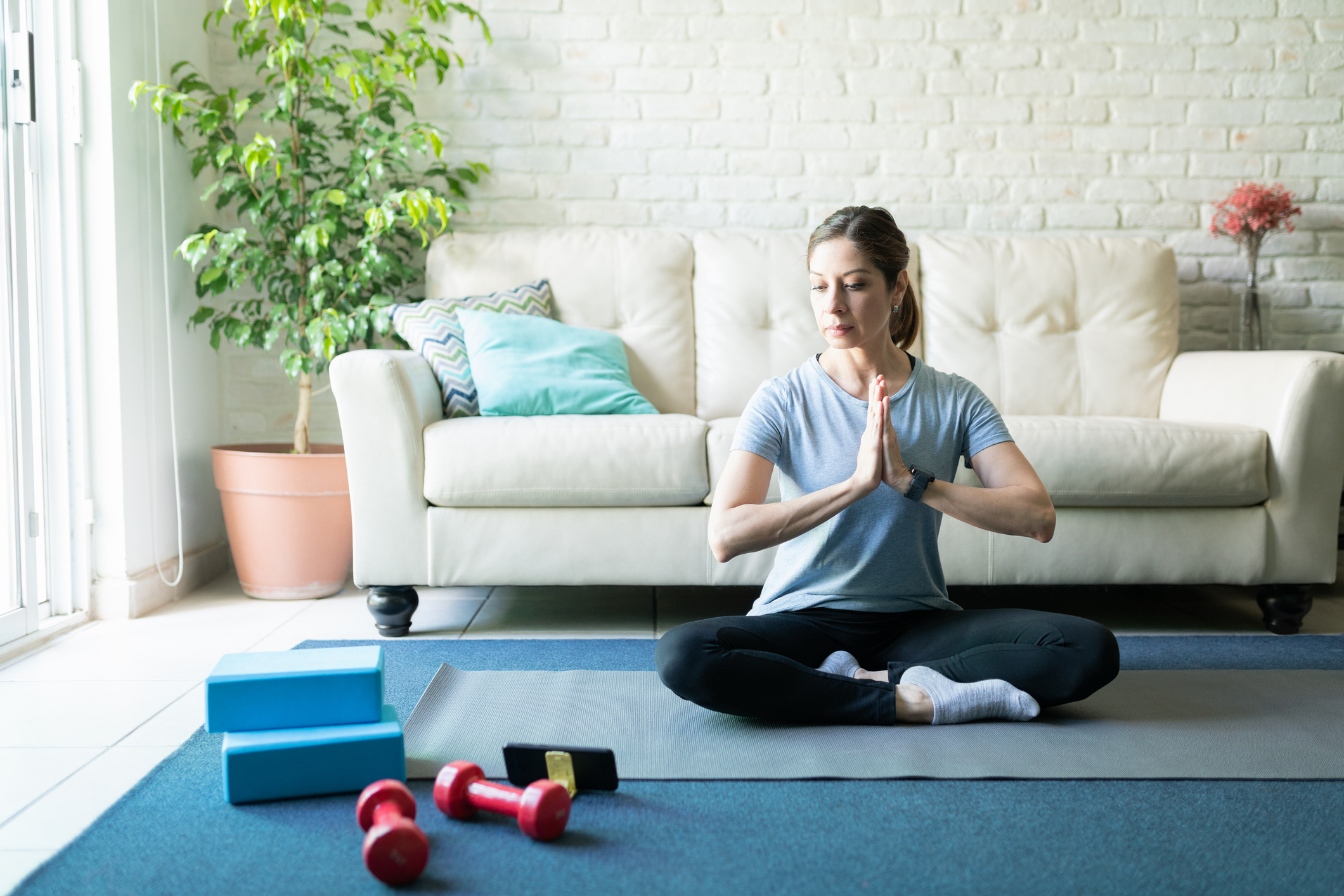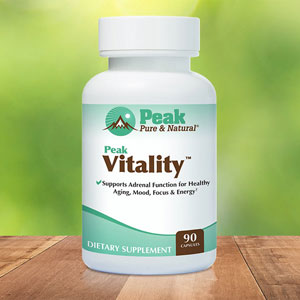Get Easy Health Digest™ in your inbox and don’t miss a thing when you subscribe today. Plus, get the free bonus report, Mother Nature’s Tips, Tricks and Remedies for Cholesterol, Blood Pressure & Blood Sugar as my way of saying welcome to the community!
Calming the anxious mind through conscious movement

While most of us feel anxious from time to time, anxiety is considered a disorder when its symptoms become excessive and interfere with daily life. Generalized anxiety disorder is common, affecting an estimated 6.8 million Americans, and is often underdiagnosed and undertreated.
Cognitive behavioral therapy (CBT), a structured talk therapy that helps patients identify negative thinking so they can respond better to challenges, is the primary recommended treatment for anxiety disorder. Medications such as antidepressants and benzodiazepines are sometimes used to treat it as well.
But there are side effects, including dependency, associated with most anxiety drugs. And while CBT is very effective, it can be tough to access for many because of long wait lists and a lack of trained therapists.
Because of these challenges, researchers are looking into other ways of treating anxiety. They have found promise in one time-honored practice…
The soothing effects of yoga
A new study led by researchers at NYU Grossman School of Medicine demonstrated yoga was much more effective for treating the symptoms of generalized anxiety disorder than standard education on stress management, although neither was as effective as CBT.
The study divided 226 men and women with generalized anxiety disorder into three groups: CBT; Kundalini yoga; and stress management education, which was the control group. After three months, 54 percent of those who practiced yoga met response criteria for meaningful symptom improvement, compared with 33 percent in the stress education group. And 71 percent of those treated with CBT met the symptom improvement criteria.
The effectiveness of yoga on anxiety did decline after six months of follow-up, with the yoga response no longer significantly better than stress education. The CBT response remained much better, suggesting it produces more sustained anxiety-reducing effects.
Each of the treatments was given to groups of three to six participants in weekly two-hour sessions over 12 weeks. Participants were assigned 20 minutes of daily homework. Kundalini yoga, the type of practice used in the study, included physical postures, breathing techniques, relaxation exercises, yoga theory and meditation and mindfulness practice.
“This study suggests that at least short-term there is significant value for people with generalized anxiety disorder to give yoga a try to see if it works for them,” says lead study author Dr. Naomi Simon, a professor in the Department of Psychiatry at NYU Langone Health. “Yoga is well-tolerated, easily accessible and has a number of health benefits.”
Grabbing your mat and heading to your nearest yoga class may not be an option in these socially distanced times. But that doesn’t mean you can’t conduct your own antianxiety yoga practice. Try these simple asanas (poses) at home to relieve your anxiety symptoms…
Simple yoga poses to relieve anxiety
Child’s pose
Most people use child’s pose to relax and regroup between more challenging asanas. Child’s pose helps to release tension in the back, neck and shoulders, areas that can hold a lot of stress. It also gives a sense of calm and stability and promotes relaxation by encouraging steady, conscious breathing. This breathing pattern is especially helpful for anxiety sufferers because it calms the sympathetic nervous system, which initiates the fight-or-flight response, and stimulated the parasympathetic nervous system, which controls the rest-and-relax response.
To do child’s pose, start on your hands and knees. Kneel with your big toes touching and rest your hips on your heels, then bend forward, stretching your arms out and resting your head on the mat in front of you. Be careful with this pose if you have any hip or knee injuries, and only bend as far forward as feels comfortable. Remain in this pose for as long as you need to.
Tree pose
Tree pose can be a great way to distract from anxiety triggers because it demands concentration, focus and awareness on your physical self. It also helps promote balance — literally and figuratively. The pose helps you feel strong, steady and more in control of your emotions.
To do tree pose, stand tall with your feet as wide apart as your hips and shift your weight to your right leg. Bend your left knee and place the sole of your left foot either on your right inner thigh or inner calf just below the knee, whichever feels most comfortable. Point the toes of your left foot toward the floor and make sure your pelvis is centered over your right foot. Press the sole of your left foot into your right thigh or calf while resisting with your right thigh or calf. Press the palms of your hands together with your thumbs at your heart center, then gaze either forward or at the ceiling. Hold for 2 to 3 breaths, then repeat on the other side.
Legs up the wall pose
A common pose in restorative yoga classes, legs up the wall helps you regain a sense of calm after a stressful, anxious day. It is great for relieving lower back pain as well. Twenty minutes in this pose can have the same beneficial effect on the nervous system as taking a nap.
Legs up the wall can be performed against any wall, provided there’s enough room to move around. Sit with your right or left side resting as close to the wall as possible. In one steady movement, swing your legs up onto the wall and lay your shoulders and head on your mat. Shift forward slowly until your buttocks and hamstrings touch the wall. You can place a pillow or blanket under your lumbar spine to ease the pressure on your lower back.
Close your eyes and relax in this pose for 10 minutes or longer if needed. When you’re ready to come out of the pose, swing your legs to the left or right side, rolling on your side with them.
Editor’s note: Did you know that when you take your body from acid to alkaline you can boost your energy, lose weight, soothe digestion, avoid illness and achieve wellness? Click here to discover The Alkaline Secret to Ultimate Vitality and revive your life today!
Sources:
Yoga Shown to Improve Anxiety, Study Finds — NYU Langone Health
5 Yoga Poses To Help Alleviate Anxiety — mindbodygreen
17 Best Yoga Poses for Anxiety (Depression and Stress) — The Good Body














